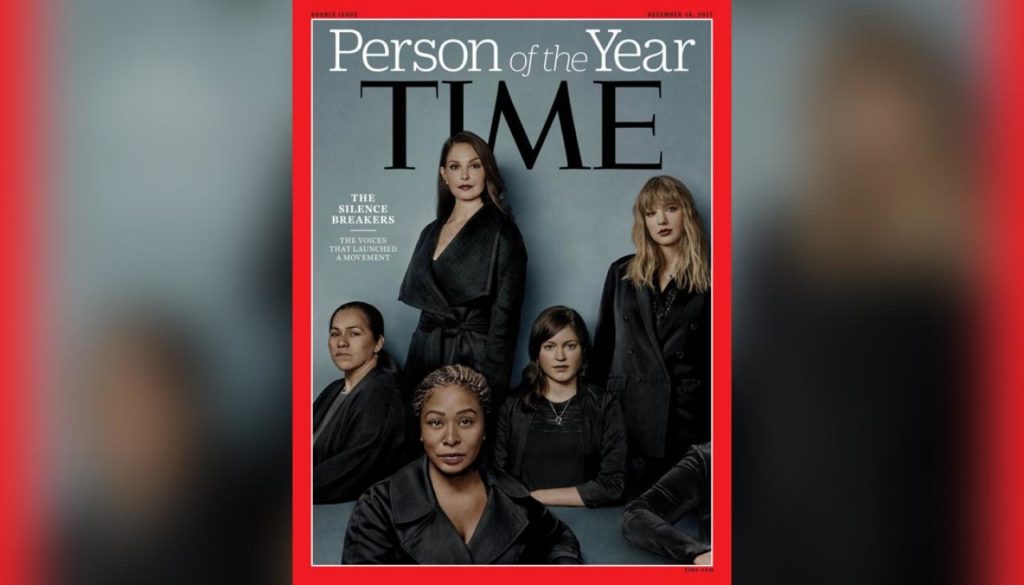Academia, Debt, and Who Is to Blame
Only one in three students now say that holding a degree in music or the arts is worth their money. One in Three.
We’re reaching a moment where student debt, the cost of living, and the propensity to work in any given field are at critical mass. Students that pursue a university education who have roughly $60,000 per year in tuition and housing expenses, assuming no assistance or scholarships, have a heightened burden to decide if $240,000 sum costs of education can be recouped and dignified at a later date. Raw numbers don’t lie: they are brutal. The average salary of a full-time musician in today’s work place, according to government sources, is $52,000. Based on a salary of that scale, one should look wearily at pursuing a university based education pathway in the arts. But this begs the question…why are costs of education expanding so drastically and where are the accountable figureheads in academia to inform students of their chances of success? Both questions must be explored.
First, the costs of university based education in the arts is now untenable and must be changed. There are many assumptions about why the cost of education has risen dramatically over the last twenty years…some speculate that administrative costs are to blame, others that professors are overcompensated, and most that often facility expenditures have skyrocketed. All have merit and there is SOME truth in all three claims. I contend though that none of these three problems are the sole source of rapidly expanding costs for students. Rather, something more sinister and dangerous, at the behest of those at the top at each university is in play.
In the last 30 years, the government has made federal aid more readily available for students who attend college without significant means. That, in itself, is good. Low interest student loans in a vacuum should be of great help. The problem is that universities have taken advantage of this government aid scheme and used it as a way to more quickly and deliberately raise tuitions knowing full well that students would take the bait with their aid packages coming through. Statistics tell us the truth. In 2001, roughly $9 billion dollars in Pell grants were offered to students. For those who don’t know, a Pell grant is a scholarship that does not need to be repaid by a student. The average Pell grant today that is given clocks in around $6,000 per year per undergraduate student. While this is nice, federal aid was double its pace at roughly $19 Billion in 2001. Fast forward 15 years and federal aid for students has ballooned to over nearly $100 billion while the total sum of Pell Grant Monies available is hovering around $40 billion today. While both have seen a drastic increase in 15 years, the gap between the two is what’s important. Consider that just $30 billion in aid was provided to university students from the federal level in 2001 and that today we’re looking at five times that. Has the cost of education dramatically increased from the nuts and bolts of the educative experience 15 years ago? Have professor’s salaries tripled? Has the cost to run a university doubled? My strongly speculative answer is NO. But most importantly, the gap between government grants to students and aid or loans that carry interest is far more worrying. It is my belief that universities, specifically those that are for-profit, are taking advantage of this influx of resources for loans that the Bush and Obama administrations have lead the way with and in doing so, used the aid as cover to dramatically raise tuitions. The deal works two ways…universities get a disproportionate amount of new earned income from loans versus grants that go directly to students and the government collects debt payments of students at “low” interest rates that have exponentially grown. If anything, the government and universities are teetering on the edge of collusion in filling their coffers at the expense of students under the guise of aid, while the Pell Grant program has not expanded at the pace of the Federal Aid Act.
I propose two immediate solutions. One, dramatically increase the Pell Grant program…make it accessible to 12 million students instead of the current seven. Increase the reward of the grant to $12,000 from $6,000. Concurrently, cut the Federal Aid Program by more than Half. Sounds drastic, no? It’s not. In the average case, a student collecting aid takes $10,000 to cover tuition costs and other expenses. Cutting it in half slices the pot of interest that the government can collect, adds far less debt on students, and will force universities to NOT continually increase tuitions and perhaps lower them on their own volition. The pattern of knowing they can increase tuitions because of ballooning aid packages should end now. Second, to work in tandem with cutting the Federal Aid program, we must regulate tuition costs at their incipient level…the government must create a bright line for universities to show where costs go, how, and why, and offer transparency on the value of each dollar to a new student. And further, be checked to install cost saving measures to reduce tuition…limit administrative positions and salaries dramatically, get creative with existing infrastructure, utilize open spaces and digital class rooms, and tap in to the private sector for more developmental support, i.e. raise private monies for endowments from alumni and those with the means.
The second important factor in reigning in cost is what I would call a WAKE-UP CALL to students applying to university. The Bureau of Labor Statistics tells us that only 2% of musician graduates end up in FULL TIME careers in music, a sobering figure. This begs the question why universities are not being forthright with students about their chances and their responsibilities. Simply put, universities must have the responsibility now and forever forward to disclose to applicants their chances at a career and what this means for them financially before the run down the pathway of federal aid and loans. Not doing so silently forces masses of students into debt with false hope of success. This false hope lies squarely at the feet of those in academia and those administrators that push very hard to have their programs promoted and lauded. A bold move by a noted university would be to truncate the number of students accepted into an advanced music program, and gradually provide reality check points to each student in the form of performance based tests that will be used in the real world…i.e. can you sing on a stage for 300 people and survive each year…how does it work and how have you prepared? If you fail the check point, you’re removed from the program. The world of music is tough, hard to break through, and rigorous. Honestly and clarity is required from the first moment of a student’s experience. Good musicians should exit university ready to conquer and it’s the obligation of said university to do so with a plan that encourages work in the real world, not academic study. I must add that this conversation is directly applicable to the world of music and art. Other fields have different burdens and I am less qualified to talk about those fields.
My position on academia is strong. I went to the University of Michigan, I’m proud to have studied there, and it had a long-lasting impression on me as a student. I was fortunate to have had the watchful eyes of two very significant professors, George Shirley and Martin Katz, who were diligent about my work ethic and rigorous about how I delivered even at age 18. And I know that there many other wonderful professors who teach at UM. The problem doesn’t lie with the professors; the problem lies with the system and how it jades students and forces them into a debt, who many end up paying down in jobs outside of music, something certainly not laden with dignity. Let’s walk together to find a better pathway for students…get them grants from the federal level, truncate financial aid so that universities CAN’T pump up tuition costs, and concurrently set federal standards for tuition, even on private institutions, that force transparency for cost and inevitably make education more accessible.

